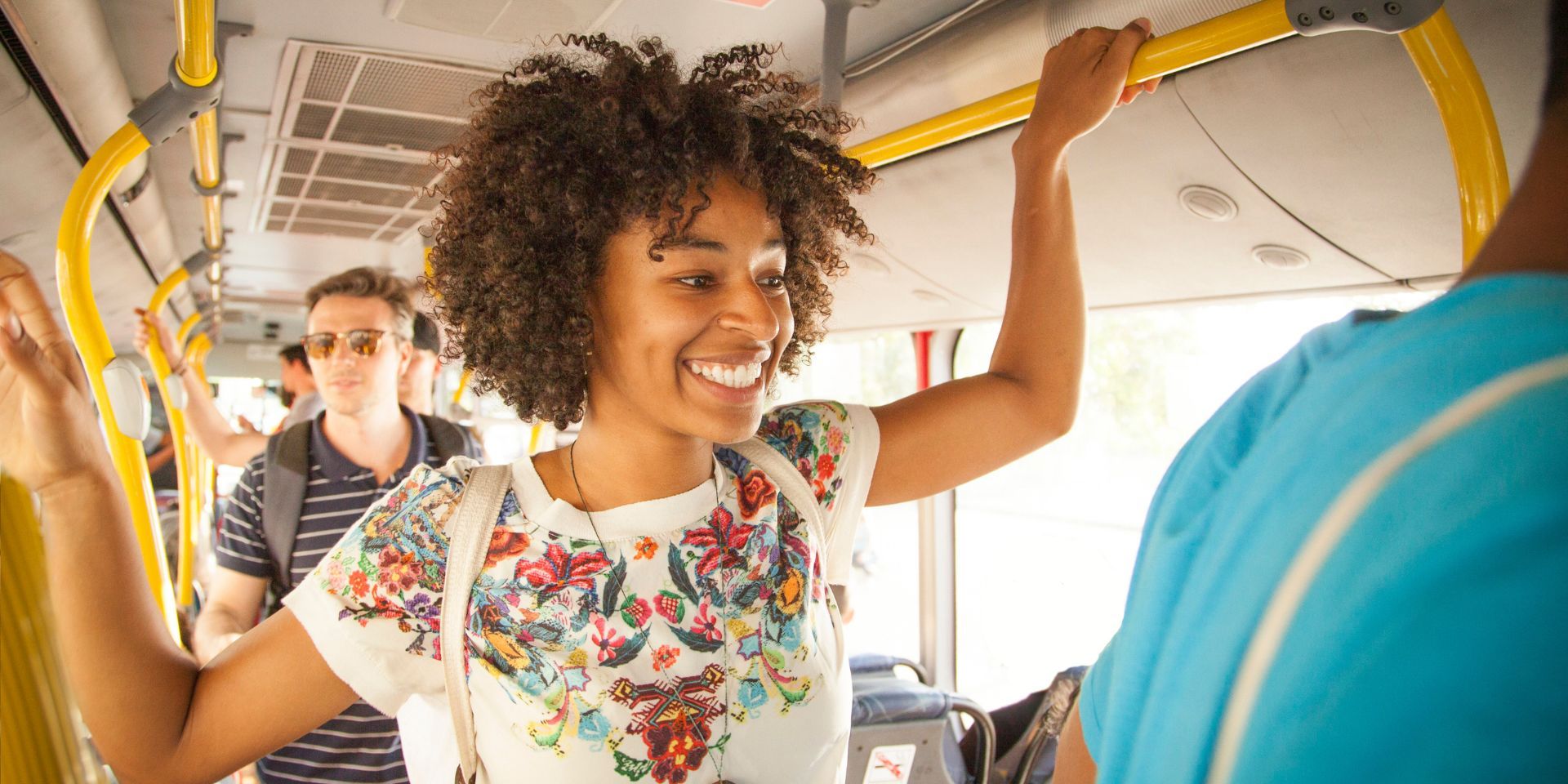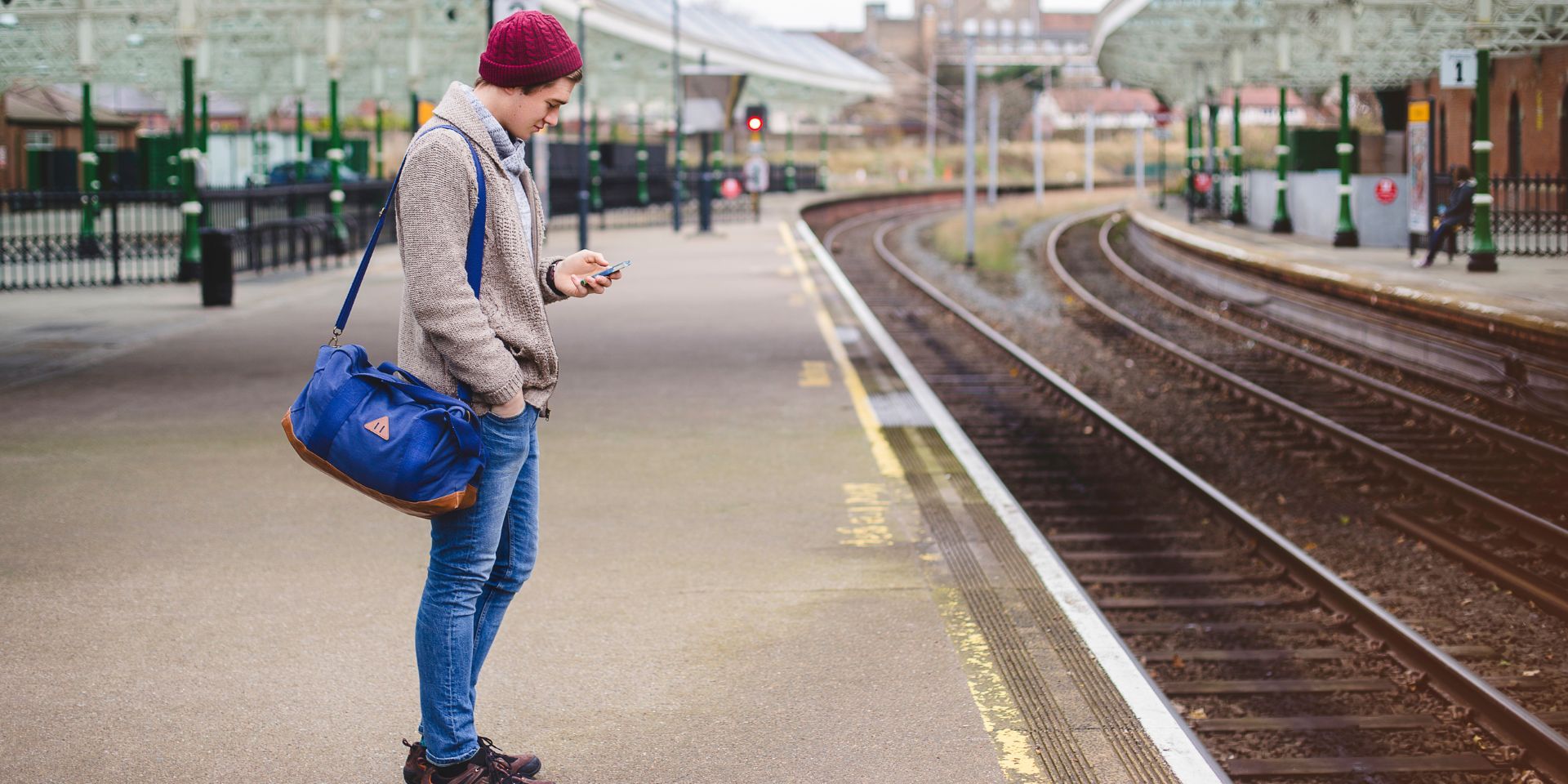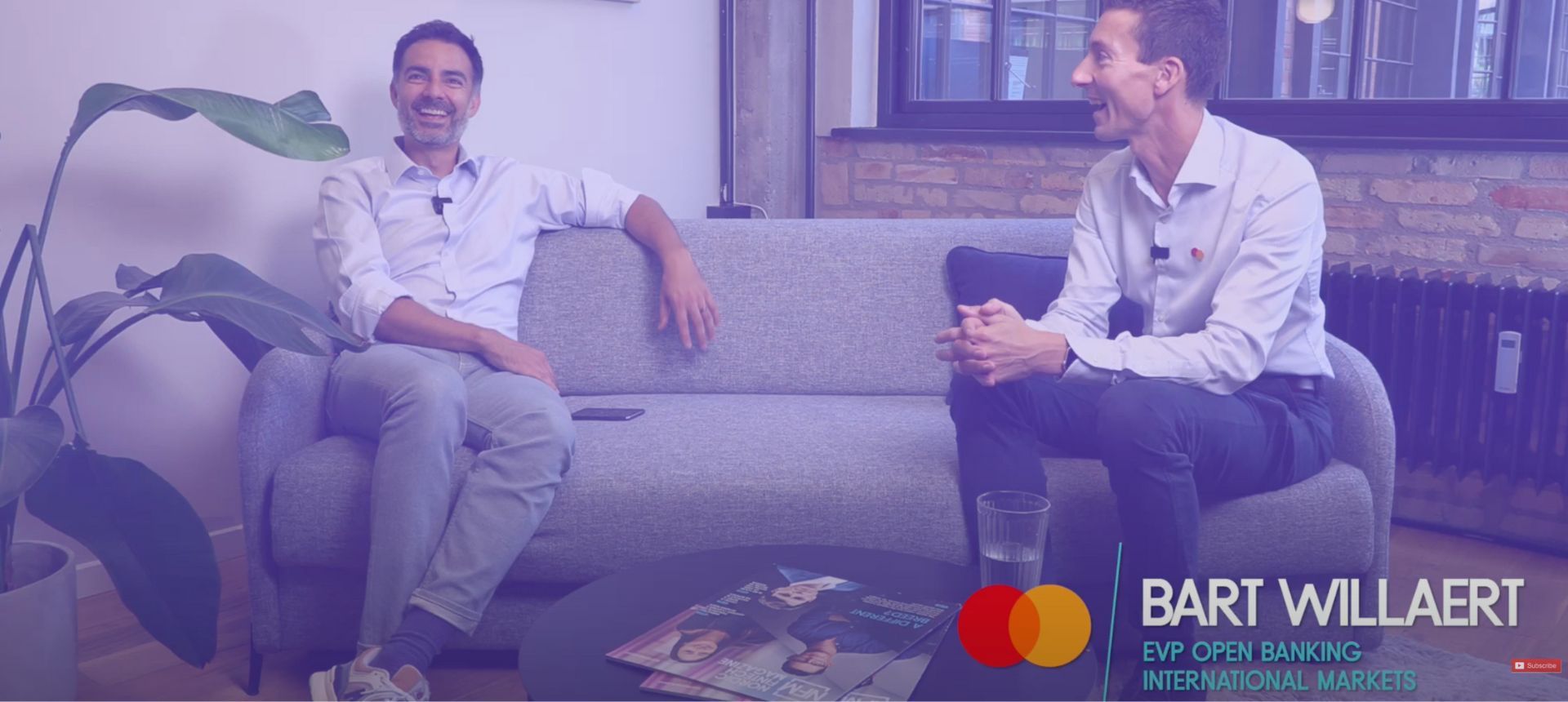
Experts: 3 things to look out for in the payment space
June 17, 2020 | Louise Basse
Physical cash. Checkbooks. Plastic cards. Contactless payments.
Throughout history, people have relied on various payment methods to purchase goods or services. With new technology and legislation on the market, there’s no doubt that payments will continue to evolve for the better.
To explore what the future of payments holds, we asked two experts from the payment industry to share 3 things to look out for in the payment space.
The experts for this edition of the hub are:
- Anders Riis, CEO at Swiipe
- Bettina Thorkelin, Regional Director at AltaPay
Here’s what they had to say.
1. How do you ensure more competition and transparency in the payment space in the future?
Anders Riis: “There’s no doubt that the future of payments will be focused on minimising the high degree of complexity that exists in the payment industry today. Naturally, the increased competition will create better payment options. At the moment, a lot is dependent on big players in the payment space who are minimising competition. I believe there are simply too many big players involved in making a payment today, including issuing banks, receiving banks, payment gateways and card schemes.”

Bettina Thorkelin: “To be able to keep up with the consumer's demand for frictionless shopping, merchants need to support different payment methods across geographies and shopping channels. Transparency and cost overview in the industry of payment solution providers and pricing models are also a major challenge for merchants today. A cross-border merchant often ends up with a patchwork of payment provider agreements to be able to support different payment methods in local markets. It is costly for them to have so many suppliers and takes up a large share of their technical resources.”
2. How is open banking enabling more user-friendly payment experiences?
Bettina Thorkelin: “Open banking will not just increase the competition. It will help reduce the cost and the complexity of the payment experience. Both with open banking and other payment platforms, the strategy must be to let the backend handle the complexity. Payments are just an exchange of messages, but a frontend payment app needs to offer the consumer an instant frictionless payment experience with full control. Moving forward, I believe open banking will give us the ability and flexibility needed to support cost-effective, frictionless, instant payments across banks, so the consumer does not have to think about which payment card or app to use when making payments. However, we also need political and business willingness to support global standards. Open banking in itself is not enough. All the other actors in the payment supplier network also need to work together to create better solutions that can work across borders and channels.”
Anders Riis: “In the future, I believe there will be a much bigger focus on the entire shopping experience in the future, instead of looking at payments separately. When we shop online today, we end up not buying 70 percent of the goods we put in our shopping baskets. As opposed to when we go to a physical shop, there is a lot more friction when we shop online, including providing information such as name, address, city, phone number and so on. After that, customers need to provide even more information to pay for their online purchases which creates unnecessary friction. To avoid that, the future of payments will be focused on one-click buys and a more convenient checkout flow to create the best possible experience.”
3. How has COVID-19 affected the eCommerce space, and how will it continue to do so in the future?
Bettina Thorkelin: “COVID-19 has without a doubt had a positive impact on consumers’ willingness to shop online and ecommerce as a whole seems to have profited from the crisis. However, COVID-19 has not affected all of ecommerce in the same way. Fashion is the category that is expectedly most negatively affected by the corona crisis out of all ecommerce product categories. In general, it has become more and more convenient to shop online during recent years, because merchants have focused on efficiency in their supply chain and logistics, so now online merchants have to focus on other drivers to attract and attain customers. For online merchants to improve the payment experience on their ecommerce channel, instant payments are a must have moving forward.”

Anders Riis: “The current COVID-19 situation has definitely put a bigger focus on building a more convenient checkout flow and online shopping experience in general because more people are shopping online. But to make sure people will return to the website once the COVID-19 situation has passed, it’s important to up your game and offer the most convenient checkout experience possible.”
Want to know more about how the payment industry has taken advantage of open banking to build better payment solutions? Get a free copy of our new market report to see how you can simply, smoothly and successfully take your business to the next level thanks to open banking.




